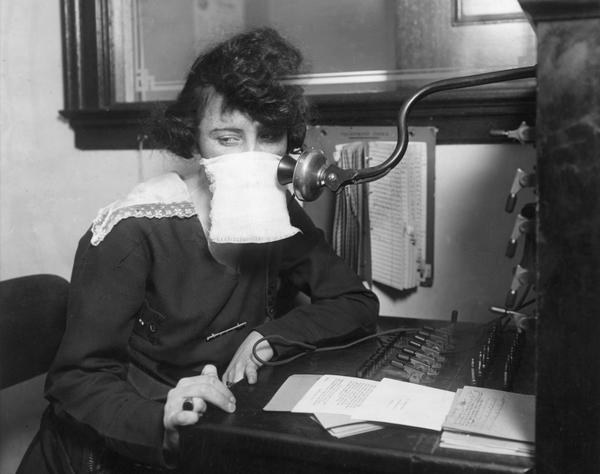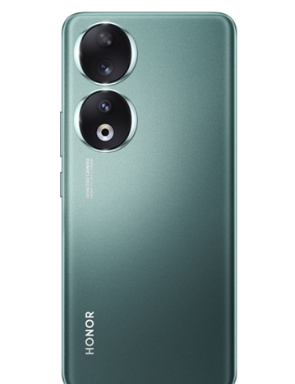
By cuterose
How the telephone failed its big test during 1918’s Spanish flu pandemic
Now rewind 102 years to the outbreak of the so-called Spanish flu of 1918. In many ways, the upshot was eerily similar to our current conundrum. Local directives shut down everything from kindergartens to saloons; quarantines kept people out of work and away from friends and family. Nobody talked about implementing “social distancing” out of “an abundance of caution,” but they practiced it in spades.
And one piece of technology promised to help life go on: the telephone.

Though it had been 42 years since Alexander Graham Bell made history’s first phone call at his Boston lab, his brainchild was still in the process of becoming ubiquitous. Even in 1920, only 35% of homes in the U.S. had a telephone, according to Statista. But in a time of quarantine—self-imposed or otherwise—the ability to contact outsiders from home was bursting with societal benefits.









